|
|
Post by jhelms on Jun 6, 2013 17:30:45 GMT
Anyone else have an obsession with 70's-80's stereo amplifiers? The main two I have wanted to collect are below. Just something about them. Love the designs, massive size and weight and they still sound damn good to this day. Sort of a mix between vintage tube designs but with solid state implementation. I find them stunning. Yamaha M2 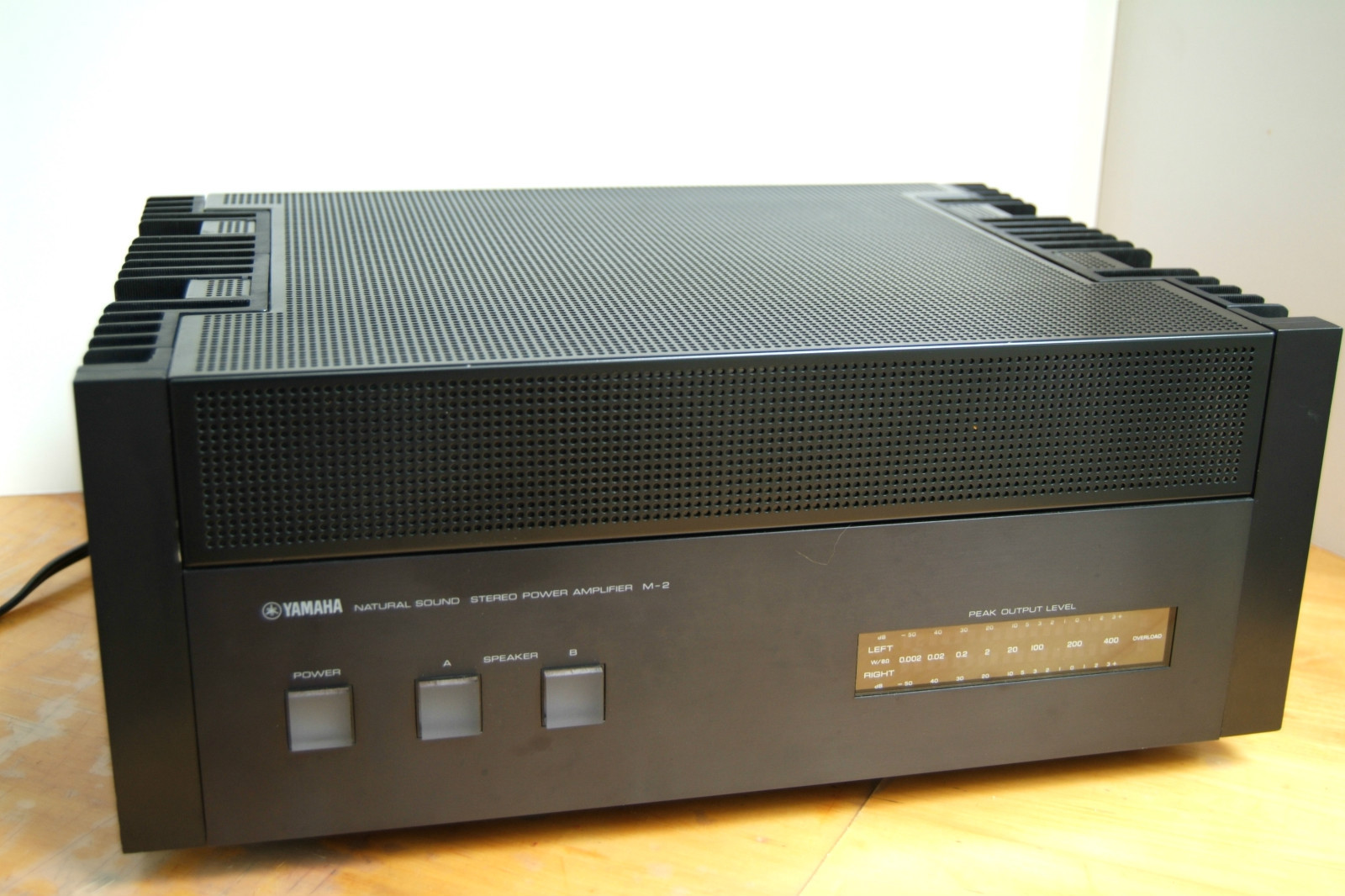 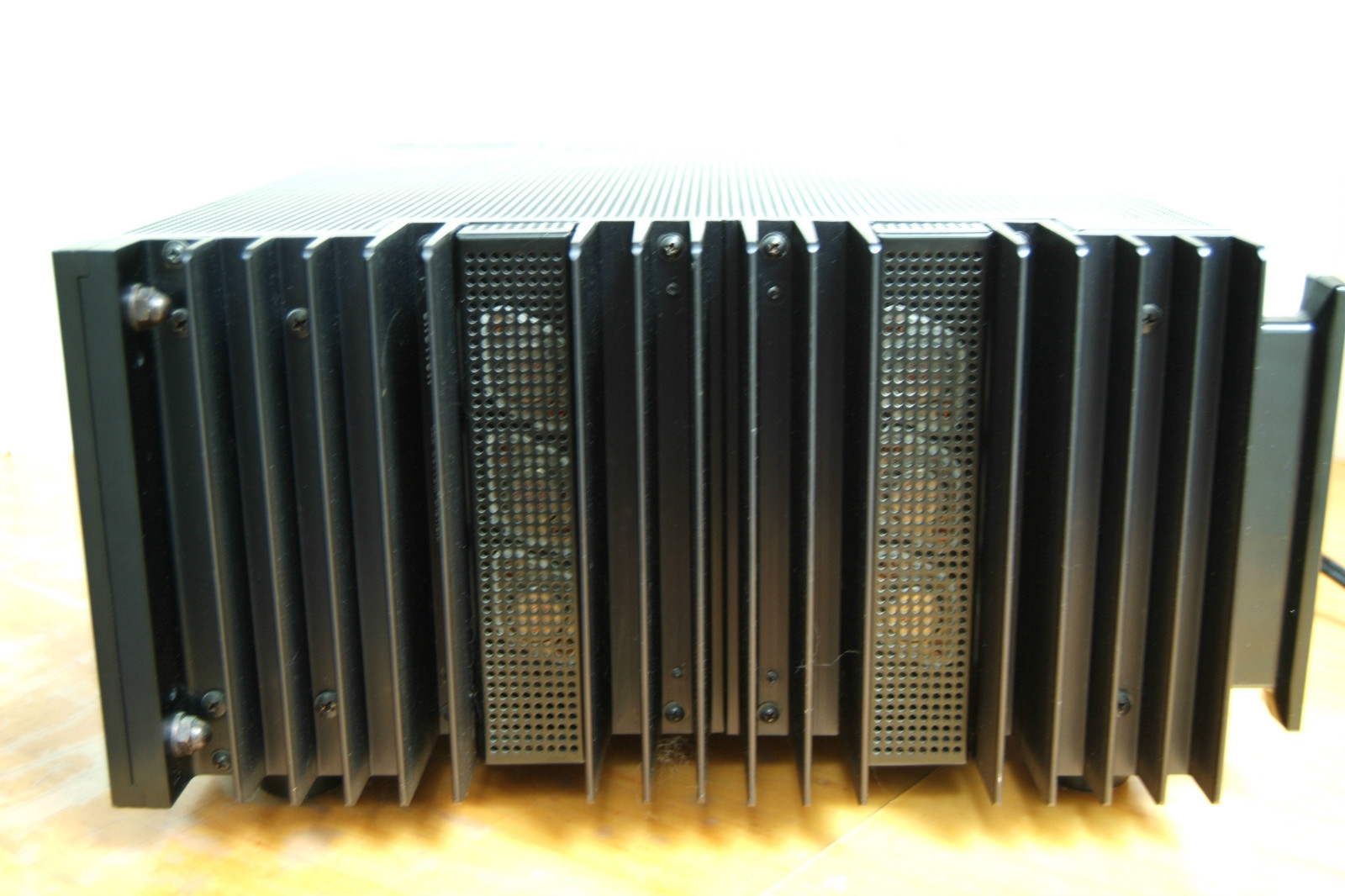 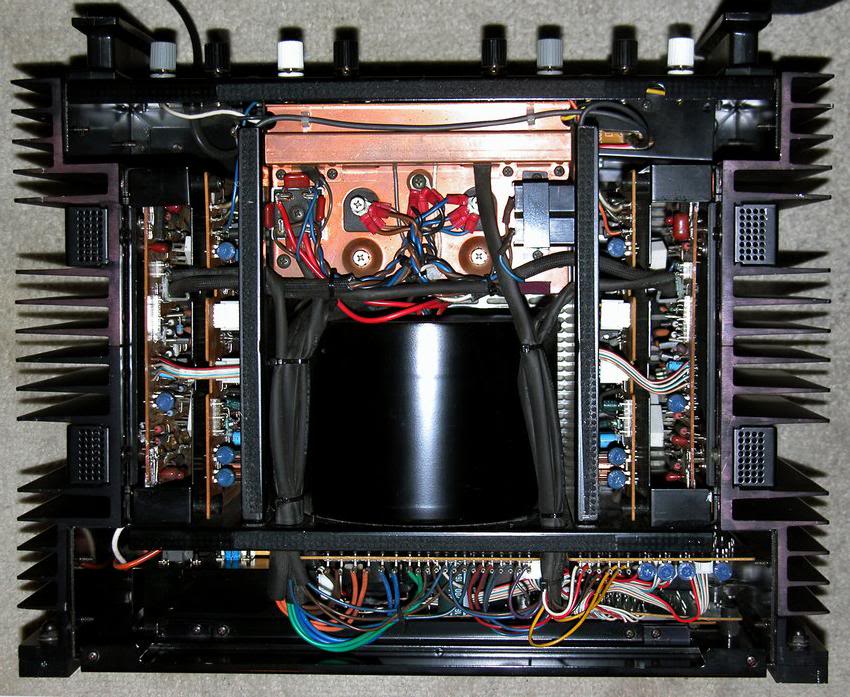 And the mitsubishi DA-A15DC 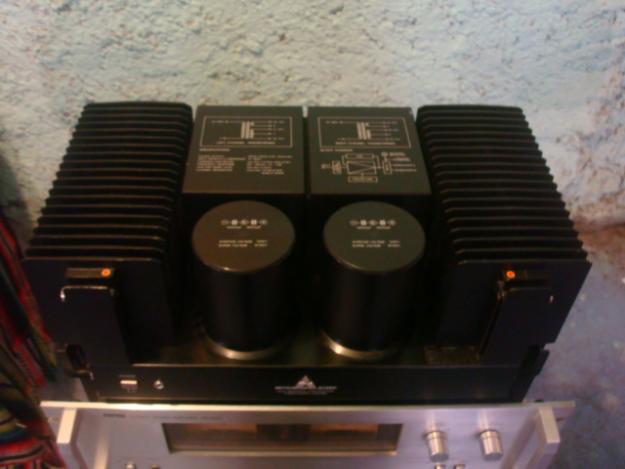 |
|
Deleted
Deleted Member
Posts: 0
|
Post by Deleted on Jun 6, 2013 18:23:56 GMT
I assume with that amount of cooling fins etc., that they run in class A?
|
|
|
|
Post by jhelms on Jun 11, 2013 19:35:53 GMT
I believe they are both a/b. The yamaha M2 from reading was not a part of their designs that ran class A, then switched over at higher output.
|
|
Rabbit
Administrator
Posts: 7,091
|
Post by Rabbit on Jun 11, 2013 20:15:35 GMT
In the 70's, I used to use to NAD amps 3120's I think they were. Bridged into mono so they had loads of power. Loved them to bits. At one time, they fed some Mission Floorstanders with that flat mission solid core silver wire to connect them from first a Thorens record deck and then a Linn LP12 with a very posh cartridge that Mike may well know about. A MC cartidge and some posh arm. Eventually the NADS went for something much posher but I remember whatever I replaced them with just didn't have that warm power. Might have been a Naim amp then.
My memory is appalling.
|
|
Deleted
Deleted Member
Posts: 0
|
Post by Deleted on Jun 12, 2013 3:47:18 GMT
Interesting to be collected there. But collectors mostly go for the those exotic amps like Audio Research, Conrad Johnson, Leak, Sudgen, Dynaco, Hafler, Sansui, etc. But still your collectables is interesting.
|
|
|
|
Post by jhelms on Jun 12, 2013 15:29:23 GMT
I can agree on many of those.. but here in the US, Dynaco is quite common place. Owned an ST70 and a solid state st120. Seems everyone owned a hafler at one time or another - one version or another, they are local to me here in Az. I think the reason I picked up that ST120 is because it was also at the transition between tube and solid state where the art in building was still there(and it was dirt cheap) however it was not that great of an amplifier. The above two are sort of long term goals. I would not call myself a collector but would like to tinker with them at some point or do a restoration.
|
|
Deleted
Deleted Member
Posts: 0
|
Post by Deleted on Jun 12, 2013 15:59:30 GMT
So just restore them? Any intention of "overclocking" them?
|
|
|
|
Post by jhelms on Jun 12, 2013 16:01:38 GMT
Ha! No, just restoration. A hobby I enjoy. Overclocking is a whole different realm of fun for me with things other than amplifiers  |
|
Deleted
Deleted Member
Posts: 0
|
Post by Deleted on Jun 12, 2013 16:19:02 GMT
Great! Do keep us posted with pictures on your restoration here when you lay your paws on them.
|
|
Rabbit
Administrator
Posts: 7,091
|
Post by Rabbit on Jun 12, 2013 17:21:37 GMT
I used to have an eye for old valve radio receivers. Ham radio receivers that is, not radio from BBC types. I used to have arrays of aerials to listen in and talk to the world!!! Great fun.
The funniest chat I had was with a scientist somewhere near the North Pole who had set up camp on a floating piece of ice and it had broken away with him, his camp and his radio mast.
During the summer, the Americans came slamming in on 26, 27 and 28 mGHz but the serious stuff was down below all that on a tune-able long wire or a dirty great big Yagi Beam. I used an electronic tuner to tune wires and aerials into all kinds of frequencies. Good job I'm a hermit, the neighbours would have gone spare. I could transmit on a long wire too and those low frequencies down at 3.5, 7 or 14Mghz go a long way. I also used a 934MGHz radio until the blasted mobile phones got in the way.
Anyway, the old valve receivers were wonderful pieces of electronics and they took so much trouble to make them work really smoothly on the dial. I also had a Yaesu Transceiver.
Those were the days.
|
|
|
|
Post by jhelms on Jun 12, 2013 19:57:11 GMT
I have heard great things about those NAD amps. So many swear by them!
I never got the chance to get into ham, that must have been amazing and quite fun! I recently watched a documentary on these brothers from Italy that were avid amateur radio operators. These brothers supposedly uncovered failed Russian space missions in which the cosmonauts died in space (Russian cover up) Could not have imagined the emotions of what they heard
|
|
|
|
Post by jhelms on Jun 12, 2013 20:01:54 GMT
I find it hilarious that I titled the post the way I did... Then I find this website  legendaryamps.com/ legendaryamps.com/ Dedicated to yamaha. |
|
solderdude
Administrator
measureutternutter
Posts: 4,886
|
Post by solderdude on Jun 12, 2013 21:22:52 GMT
In my good old 'repair days' I serviced a LOT of NAD amps.
All had blown up output stages (the so called 'Power envelope' amps)
This was because of the design... They used similar output stages as 'normal' amps but removed the emitter resistors with the claim this improved the sound.
Normally these resistors are there to serve a purpose which is to prevent thermal runaway.
because of this design method (ermm flaw ?) the end stages blew up often.
I always secretly added emitter resistors as I didn't want the amps to return to me after a while.
Never heard complaints about the sound being worse.
The power envelope thing was a nice feature and could boost output power to huge peak values but for short transients only.
This gave these amps their 'huge' dynamic range when considering their relatively normal 'nominal' power ratings.
|
|
Rabbit
Administrator
Posts: 7,091
|
Post by Rabbit on Jun 12, 2013 21:34:56 GMT
The two that I had were the bigger powered one's and you just moved the metal connectors on the back to get them into bridged mono mode. Then they were very powerful.
|
|
|
|
Post by jhelms on Jul 23, 2013 1:15:07 GMT
Here is another one that I simply LOVE design wise. The M22 / M25 pioneer. 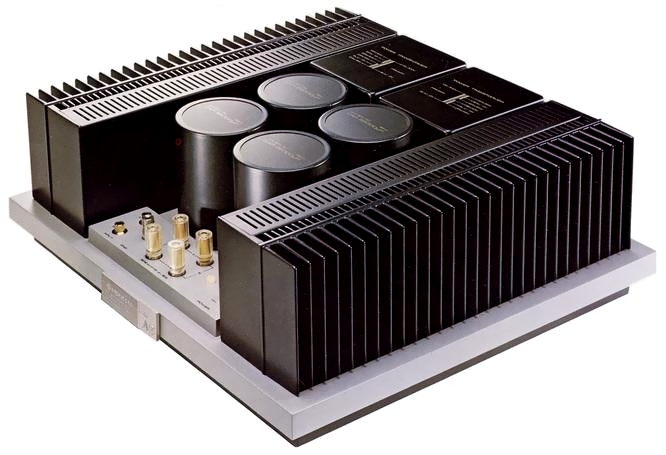 |
|